
Guinobatan, officially the Municipality of Guinobatan, is a 1st class municipality in the province of Albay, Philippines. According to the 2020 census, it has a population of 85,786 people.

Oas, officially the Municipality of Oas, is a 1st class municipality in the province of Albay, Philippines. According to the 2020 census, it has a population of 66,084 people.
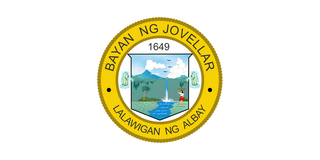
Jovellar, officially the Municipality of Jovellar, is a 4th class municipality in the province of Albay, Philippines. According to the 2020 census, it has a population of 17,795 people, making it the least populated town in the province.

Bacacay, officially the Municipality of Bacacay, is a 2nd class municipality in the province of Albay, Philippines. According to the 2020 census, it has a population of 72,485 people. Bacacay is primarily an agricultural town and abundant in seafood.

Camalig, officially the Municipality of Camalig, is a 1st class municipality in the province of Albay, Philippines. According to the 2020 census, it had a population of 72,042 people. It is popularly known for its finest delicacy—Pinangat, a Bicolano food delicacy made primarily of taro leaves. With this reputation, it hosts the Pinangat Festival annually in June, showcasing the delicacy itself.

Daraga, officially the Municipality of Daraga, is a 1st class municipality in the province of Albay, Philippines. According to the 2020 census, it has a population of 133,893.

Malilipot, officially the Municipality of Malilipot, is a 4th class municipality in the province of Albay, Philippines. According to the 2020 census, it has a population of 40,857 people.

Malinao, officially the Municipality of Malinao, is a 3rd class municipality in the province of Albay, Philippines. According to the 2020 census, it has a population of 47,395 people.

Manito, officially the Municipality of Manito, is a 4th class municipality in the province of Albay, Philippines. According to the 2020 census, it has a population of 26,162.

Polangui, officially the Municipality of Polangui, is a 1st class municipality in the province of Albay, Philippines. According to the 2020 census, it has a population of 89,176 people.

Santo Domingo, officially the Municipality of Santo Domingo,, is a 4th class municipality in the province of Albay, Philippines. According to the 2020 census, it has a population of 37,765 people.

Tiwi, officially the Municipality of Tiwi is a 1st class municipality in the Province of Albay, Philippines. According to the 2020 census, it has a population of 56,444 people.

Caramoran, officially the Municipality of Caramoran, is a 3rd class municipality in the province of Catanduanes, Philippines. According to the 2020 census, it has a population of 32,114 people.
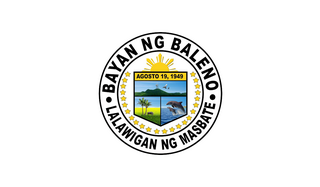
Baleno, officially the Municipality of Baleno, is a 4th class municipality in the province of Masbate, Philippines. According to the 2020 census, it has a population of 28,855 people.

Cataingan, officially the Municipality of Cataingan, is a 2nd class municipality in the province of Masbate, Philippines. According to the 2020 census, it has a population of 50,623 people.
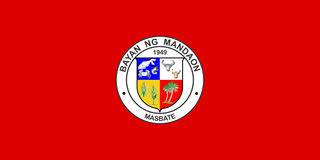
Mandaon, officially the Municipality of Mandaon, is a 3rd class municipality in the province of Masbate, Philippines. According to the 2020 census, it has a population of 44,122 people.

Palanas, officially the Municipality of Palanas, is a 4th class municipality in the province of Masbate, Philippines. According to the 2020 census, it has a population of 27,322 people.
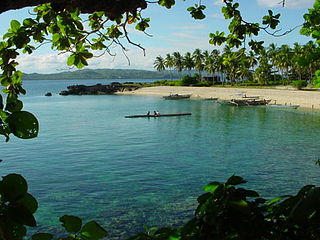
Pio V. Corpus, officially the Municipality of Pio V. Corpus is a 4th class municipality in the province of Masbate, Philippines. According to the 2020 census, it has a population of 23,744 people.

Placer, officially the Municipality of Placer, is a 2nd class municipality in the province of Masbate, Philippines. According to the 2020 census, it has a population of 56,340 people.
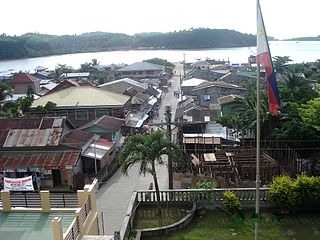
San Pascual, officially the Municipality of San Pascual, is a 3rd class municipality in the province of Masbate, Philippines. According to the 2020 census, it has a population of 44,449 people.

























